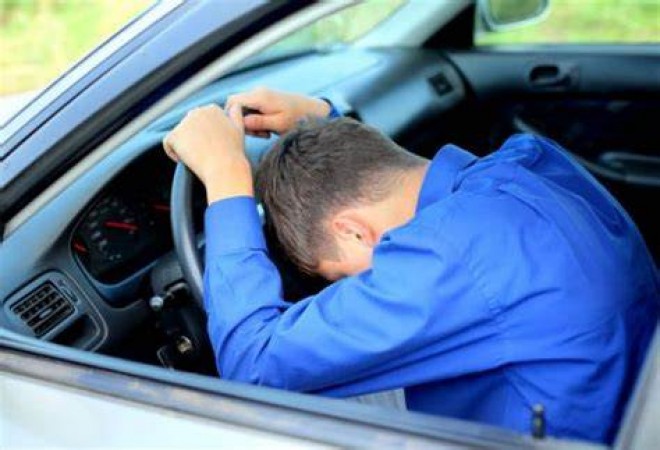
When you're behind the wheel, navigating the open road, the last thing you expect is for the ground to start shaking. But earthquakes can strike at any time, and being prepared for such an event while driving is crucial. In this guide, we will walk you through the steps to take if you feel earthquake shocks while driving, ensuring your safety and the safety of others on the road.
The initial shock of feeling the ground move beneath your vehicle can be unnerving, but it's essential to remain as calm as possible. Panic can lead to accidents and poor decision-making. Firmly grip the steering wheel and focus on maintaining control of your car.
If it's safe to do so, signal and carefully maneuver your vehicle to the side of the road. Avoid abrupt or sudden stops, as they can lead to accidents or collisions with other vehicles. Use your turn signals to alert other drivers of your intentions.
While pulling over, make a conscious effort to avoid stopping under overpasses, bridges, or any structures that could collapse during an earthquake. These areas pose a significant risk, as falling debris can cause severe damage to your vehicle.
Unless there is an immediate threat to your safety inside the car, it is generally safer to remain inside your vehicle during an earthquake. Your car provides some protection from falling objects and debris.
To prevent potential fires or other hazards, turn off your engine and put your vehicle in park. This action can also help conserve fuel for a potentially lengthy delay.
Turn on your car radio and tune in to local news or emergency broadcasts. They will provide information about the earthquake's magnitude, location, and any road closures or hazards.
Look around and assess your surroundings for any immediate dangers. Be aware of power lines, trees, and other objects that may have been damaged and could pose a threat.
Earthquake tremors can vary in intensity and duration. It's essential to stay inside your vehicle until the shaking has completely stopped. Only exit the vehicle when it is safe to do so.
If you decide to leave your vehicle, exit carefully and watch for falling objects or debris. Keep in mind that aftershocks may follow the initial earthquake, so proceed with caution.
If you can safely assist others who may be in distress or need help, do so. Remember to prioritize your safety and use your best judgment.
If local authorities provide instructions, follow them promptly. This may include evacuation routes, shelter locations, or other safety measures.
Use your phone to contact loved ones and let them know you are safe. Keep communication brief to conserve your phone's battery.
Having an emergency kit in your car can be invaluable during earthquake situations. It should include water, non-perishable food, a flashlight, blankets, and basic first-aid supplies.
After the earthquake has subsided, reassess your route and destination. Be prepared for road closures or detours due to damage.
Resume driving only when you are confident that it is safe to do so. Watch out for road damage, debris, and other hazards that may have occurred during the earthquake.
Continue listening to radio updates and checking for emergency alerts as you proceed with your journey.
If you encounter road damage, hazards, or accidents resulting from the earthquake, report them to local authorities or emergency services.
Keep an eye on your vehicle's performance. Earthquakes can cause damage that may not be immediately apparent.
If your destination is unsafe or inaccessible due to earthquake damage, seek shelter at a safe location until conditions improve.
Remember that earthquake aftermath can be chaotic. Stay patient, remain cautious, and follow the guidance of emergency services. By following these steps, you can increase your safety and minimize risks when encountering an earthquake while driving. Being prepared and staying calm are your best allies in such unexpected situations.
RBI's 3-Day Policy Meeting Sets to Begin: October 6th Outcome to Impacts Rates
New Car: This popular car has become cheaper! The company launched a new model
Elevate became a boon for Honda, good jump in sales; sold so many cars